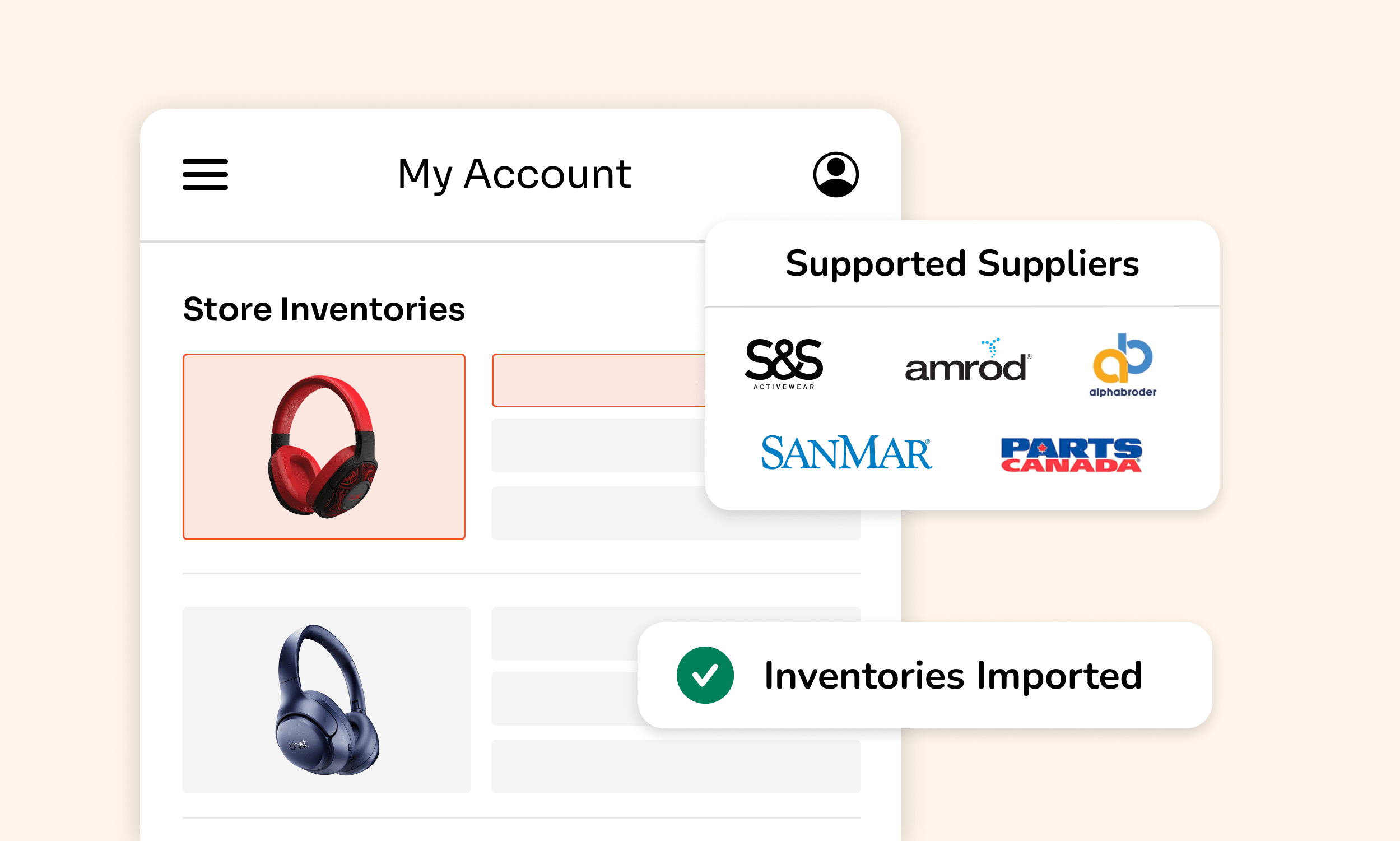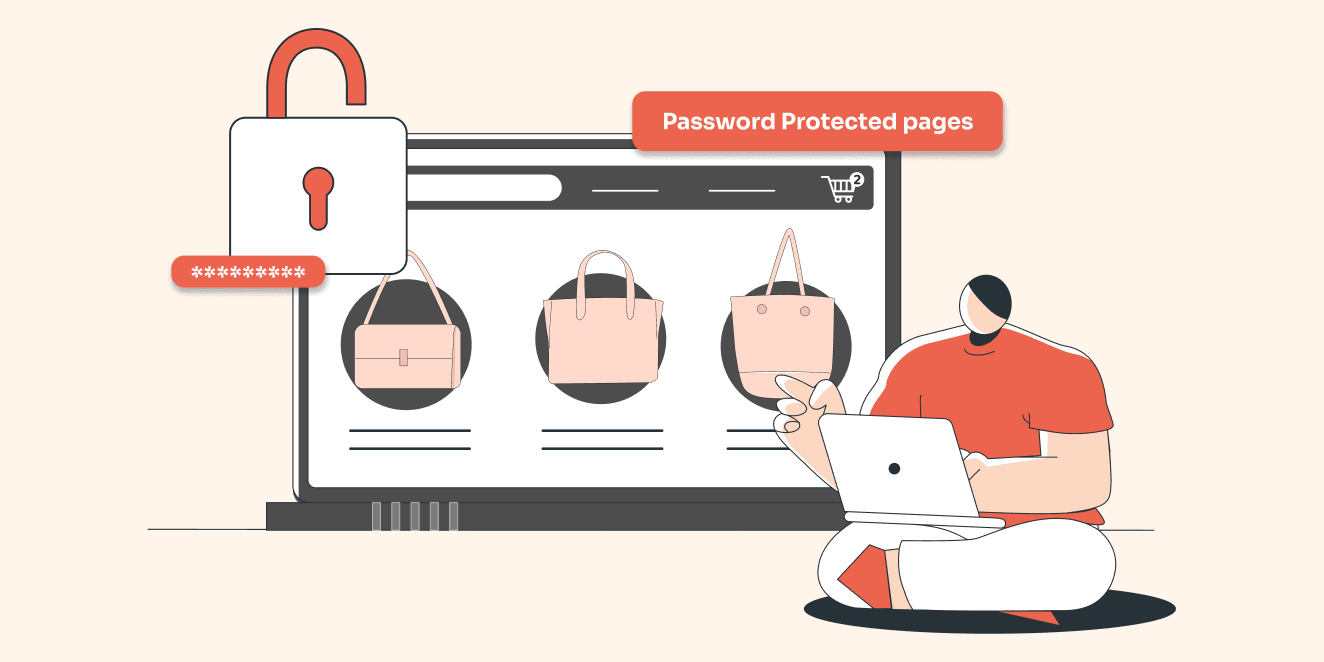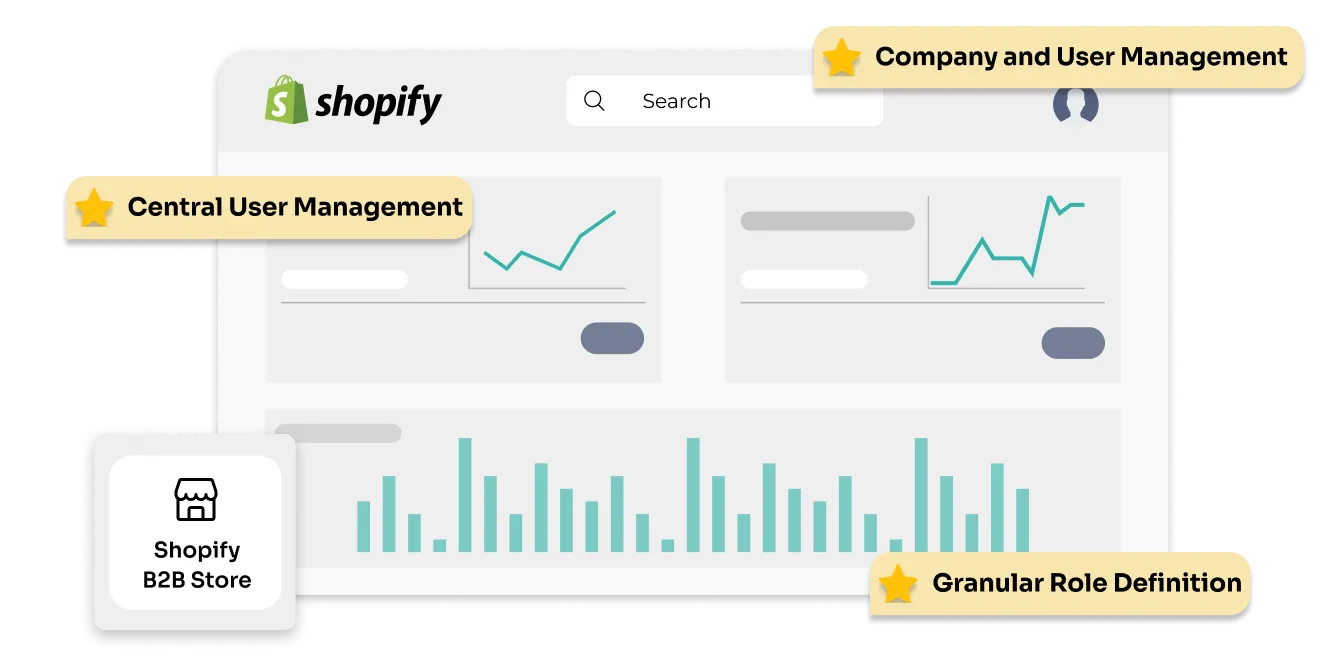Managing inventory is a crucial, yet complex, part of Shopify ecommerce, particularly when it comes to businesses that operate across multiple branches or locations. But with the right tools and strategies, managing your multi-channel inventory can certainly be made easier.
Real-time inventory sync can help businesses optimize and manage product inventory across multiple locations easily, ensuring that products and supplies are readily available in stores whenever needed.
By employing a centralized inventory system, businesses on Shopify will be able to track and sync inventory levels across multiple Shopify stores in real-time, reducing the risk of stockouts and operational bottlenecks.
In this blog, we will explore the importance of connecting inventories, the benefits of centralized inventory management for store-to-store inventory sync for Shopify, and how solutions like miniOrange’s Shopify Inventory Sync can help monitor real-time stock levels and streamline inventory management across multiple stores.
Why is there a need to connect inventories?
With the economy continuing to move out of the pandemic-induced setbacks, wholesale and retail inventories have seen a massive uptick in the last few years, as companies race to address pent-up consumer demand. According to research from BCG, in 2022 alone, customers in the US spent over $47 billion in retail purchases, in the two weeks following December 25th.
Considering this, it is no surprise that businesses are consistently exploring new ways to expand their inventories and diversify their offerings. One approach that has proved beneficial in this is multi-channel retailing.
However, this shift comes with its own set of challenges.
1. Discrepancies in stock levels: Maintaining adequate stock levels across multiple sales channels can be difficult. This may lead to instances of over or underselling, resulting in poor customer experience and potential loss of revenue.
2. Manual Inventory Updates: Manually maintaining product inventory across multiple sale channels can be time-consuming and pose a higher risk of human error.
3. Complexities in multi-channel inventory management: Managing inventories in a multi-channel environment, such as when you connect Shopify with third-party marketplaces like Amazon, poses the risk of inconsistent stock and overselling.
4. Issues with Supplier Integration: When you connect Alphabroder or SanMar with Shopify, among other suppliers, difficulties can arise when syncing inventory or managing dropshipping setups, leading to missed opportunities for restocking and outdated stock information.
5. Lack of Scalability: Businesses with growing inventories or multi-regional stores may face challenges with manual Shopify inventory management, creating operational disruptions.
Connecting inventories can prove to be of great benefit for Shopify businesses facing these issues. Whether you are connecting third-party inventories like SanMar, Alphabroder, S&S Activewear, Amrod with Shopify, or navigating multiple Shopify stores, connecting inventory will give your business a larger pool of stock than an individual store, ensuring an improved customer experience.
Businesses also stand to gain from connecting inventories in many ways. First - by allowing companies to sync their customer journeys in online and offline channels and increase the chance of acquiring new customers while retaining existing ones. And second - by improving product availability and speeding up delivery, increasing the likelihood of making sales.
How can you centralize inventories in Shopify?
For Shopify businesses that operate multi-regional stores, inventories can be stored in various locations (in-store, in a warehouse, etc.). Centralized inventory management helps address the challenges that arise with tracking and managing these multiple inventories.
By centralizing inventories on Shopify, you can keep track of products on hand, which ones are stocked out, and which ones are coming in. For businesses planning to centralize their inventories on Shopify, there are a few factors to consider when making the transition:
Follow a Streamlined Logistics Model
In order to implement a successful centralized inventory system, logistics models such as the hub and spoke model can be quite beneficial. In this model, the hub stores are the larger or main stores from which orders can be packed and shipped directly to customers. Spoke stores are the smaller stores with limited inventory scope, which rely on hubs and distribution centers to fulfill orders. Such logistics models can help sync inventory for retail and wholesale Shopify stores easily.
Find the Right Shopify Inventory Management Tool
Another way to centralize inventory on Shopify is to use a dedicated solution like miniOrange’s Shopify Inventory Sync. Inventory management systems need to be robust enough to track and manage stock across multiple points. Using apps like this will help efficiently sync inventory between locations using a single platform, allowing you to view all inventory-related information from an individual interface.
What are the different types in inventories and where are they used?
Businesses on Shopify require a number of different inventory types to fulfill their operational needs. Each type of inventory serves a specific purpose, catering to various industries. Let’s explore some of the major inventory types used by Shopify businesses operating multi-regional stores:
SanMar:
Specializing in promotional products, decorated apparel (including embroidered and screen-printed garments), as well as corporate clothing, SanMar is a major inventory type commonly used by businesses on Shopify. This inventory is particularly suited to businesses that provide uniforms, promotional clothing or branded merchandise. Businesses that connect SanMar with Shopify can streamline inventory management by facilitating real-time syncing and preventing stockouts. This ensures the ready availability of products, especially for bulk orders or during seasonal campaigns.
Alphabroder:
Another important inventory used by many Shopify merchants is Alphabroder, which specializes in custom products and promotional accessories. Businesses focused on branded giveaways and promotional items often connect Alphabroder with Shopify to enable store-to-store inventory sync, establish a centralized inventory system, and track products, including bulk inventory, easily across multiple locations.
S&S Activewear:
S&S Activewear is another common inventory type for Shopify merchants. It specializes in sports apparel, fashion items and promotional products, making it a popular option for branding agencies and sports teams. Syncing inventory for retail and wholesale Shopify stores allows businesses to import products and bulk inventory from S&S Activewear, allowing for seamless management of stocks and decreased delays and discrepancies.
Amrod:
Amrod is focused mainly on corporate gifting and promotional merchandise, particularly in the South African market. This inventory type caters mainly to businesses and branding agencies on Shopify looking to create impactful promotional campaigns. By connecting Amrod with Shopify, these businesses can facilitate real-time inventory sync across stores, ensuring better delivery times and customer satisfaction.
How can our application help manage these inventories?
There are numerous ways in which you can streamline Shopify inventory management. One of the easiest ways is to use a dedicated solution for real-time inventory syncing, like miniOrange’s Shopify Inventory Sync app. With features designed to enhance operational efficiency, the application is built to address the challenges of store-to-store inventory sync for Shopify.
- Real-time syncing: The solution allows you to instantly sync inventory for retail and wholesale Shopify stores, whenever there is a change in stock or sale.
- Support for multiple channels: You can sync inventory between locations, marketplaces, and online stores easily using Shopify Inventory Sync.
- Centralized Dashboard: View and manage product inventory, including bulk imports, across multiple platforms using a unified interface.
- SKU Matching: Real-time syncing of product inventory across various platforms with the help of matching SKUs.
- Customized Sync Frequency: Set your own sync intervals based on your specific business needs and product turnover using the Shopify Inventory Sync app.
- Multi-location syncing: Sync inventory between locations in real-time, including physical stores, online stores, or warehouses.
Conclusion
Whether you’re an ecommerce business selling products across different locations, or a business looking to incorporate multiple sales channels, our Shopify Inventory Sync app is the best solution to help you establish a robust centralized inventory management system vital for scaling your business.
Author





Leave a Comment